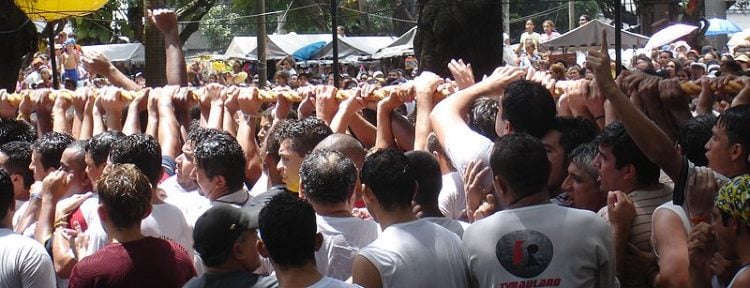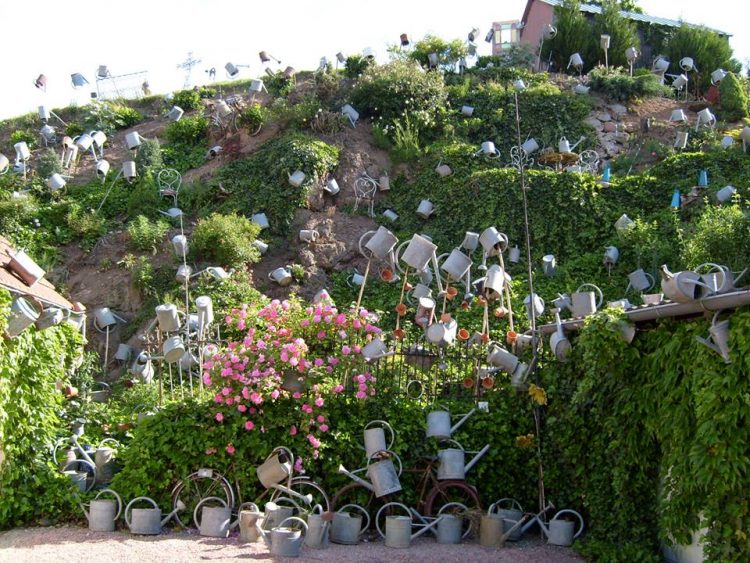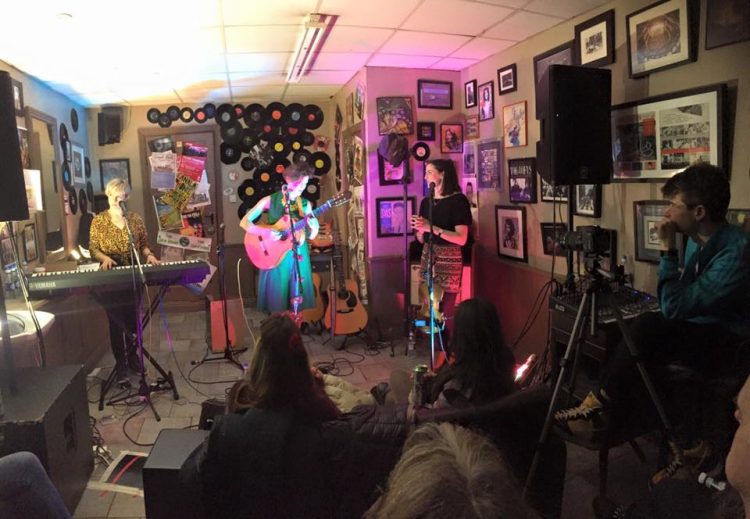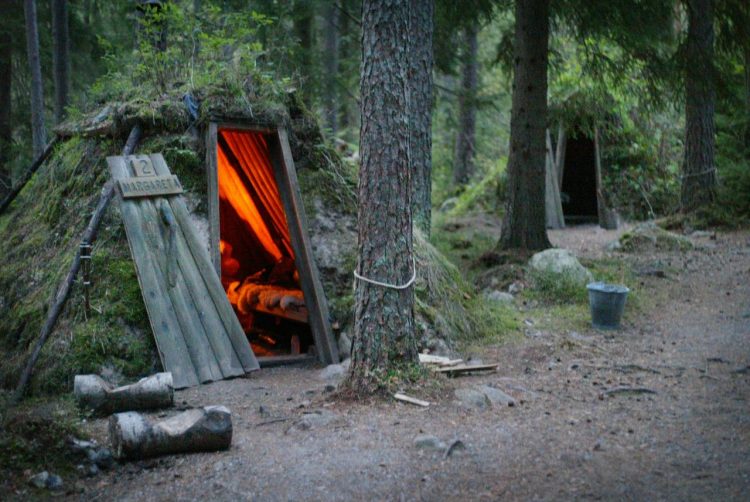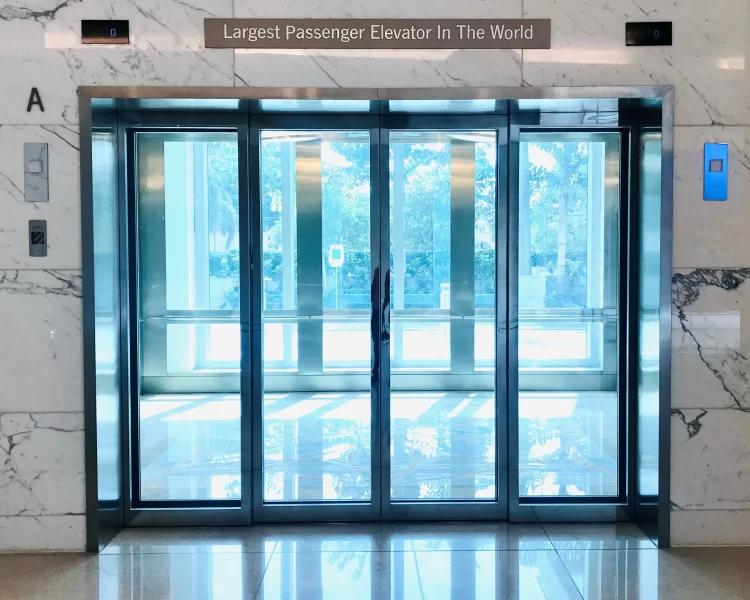Every year, in the second week of October, millions of Roman-Catholic devotees from all over Brazil descend on the city of Belem to attend Cirio de Nazaré, the country’s largest religious festival, and to touch a 400-meter-long piece of rope believed to have the power to heal the sick.
Cirio de Nazaré has been celebrated intermittently in Brazil since 1793. The event revolves around a small statue of Nossa Senhora de Nazaré (Our Lady of Nazareth), an artifact supposedly sculpted in Nazareth that is believed to have performed miracles in medieval Portugal, before being lost in Brazil. Legend has it that a cattleman found it in a canal during the 1700’s, but every time he took it out of the water, it would disappear, only to be found again in the original place it was discovered. The people of Belem believed that it was Our Lady’s wish to remain there, so they built a church there, which would later become today’s Nazaré Basilica.
The celebration lasts two weeks, but the climax of the event is on the first Sunday, when the small statue is taken from the city’s Catedral da Sé to the Nazaré Basilica, on a flower-bedecked carriage pulled by thousands of devotees. The night before the procession about 15.000 devotees queue in front of the cathedral to secure a place near the 400-meter-long piece of rope used to pull the carriage through the city. Men and women align on two separate lines, and by 10 a.m. on Sunday, the human density around the rope reaches an incredible 10 people per meter.

